Home>Garden Essentials>How Long Does It Take Butternut Squash To Germinate
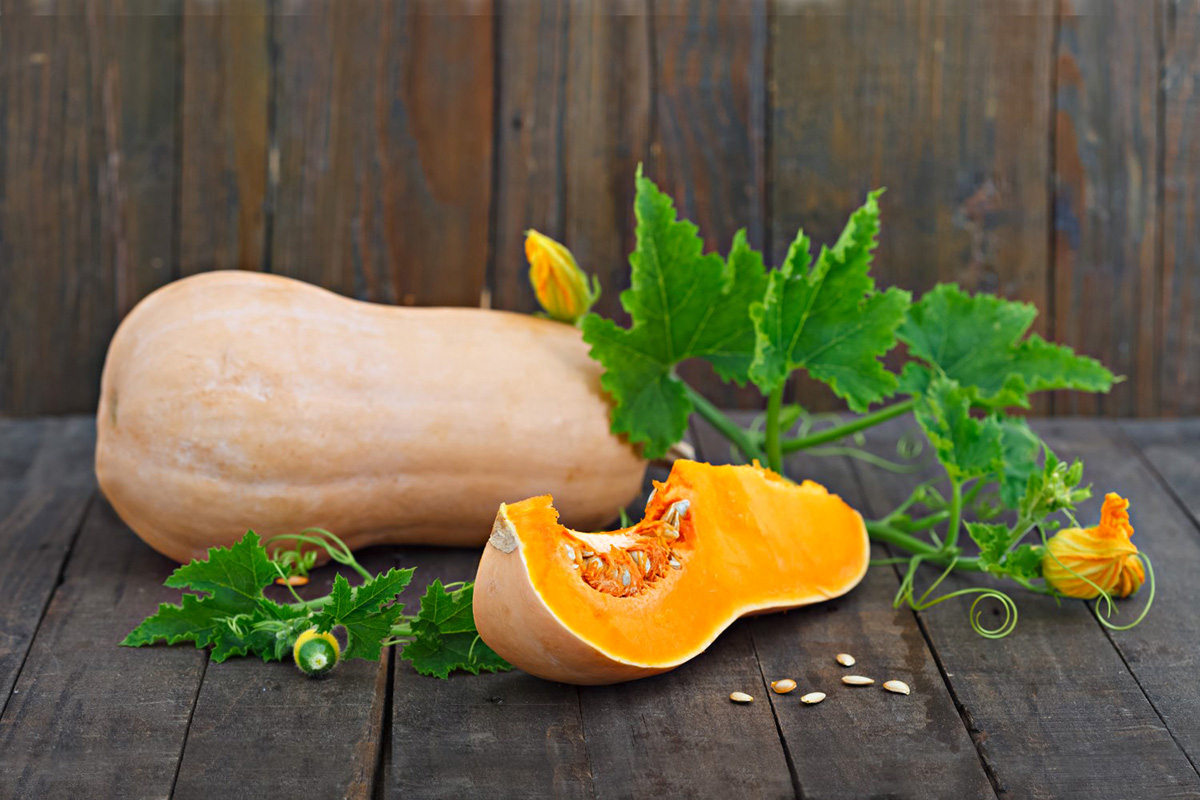

Garden Essentials
How Long Does It Take Butternut Squash To Germinate
Modified: August 28, 2024
Discover how long it takes for butternut squash seeds to germinate in your garden. Learn the essential factors for successful growth.
(Many of the links in this article redirect to a specific reviewed product. Your purchase of these products through affiliate links helps to generate commission for Storables.com, at no extra cost. Learn more)
Introduction
Butternut squash is a delicious and nutritious vegetable that is popular among gardeners and food enthusiasts alike. Whether you’re a seasoned gardener or a beginner looking to grow your own butternut squash, understanding the germination process is essential for a successful harvest.
In this article, we will explore the factors that affect the germination time of butternut squash seeds, the ideal conditions for germination, and some tips and troubleshooting methods to ensure a smooth germination process. So, let’s dive in and discover all you need to know about how long it takes for butternut squash to germinate!
Key Takeaways:
- Butternut squash seeds typically take 7 to 14 days to germinate, but factors like seed quality, temperature, and moisture can affect the timeframe. Patience and proper care are key to successful germination.
- To speed up butternut squash germination, try pre-soaking the seeds, maintaining optimal temperature and moisture levels, and providing adequate light. Troubleshooting techniques can address common germination issues for healthy seedling development.
Read more: How Long Does Squash Take To Germinate
Factors Affecting Butternut Squash Germination Time
Several factors influence the germination time of butternut squash seeds. Understanding these factors can help you optimize conditions for successful and timely germination.
1. Seed Quality: The quality of the seeds plays a crucial role in germination time. Fresh, high-quality seeds tend to germinate faster and have higher success rates compared to old or poor-quality seeds.
2. Soil Temperature: Butternut squash seeds require warm soil temperatures to germinate. The optimal soil temperature for germination is between 70-85°F (21-29°C). Cooler temperatures can significantly slow down the germination process.
3. Moisture Level: Adequate moisture is essential for seed germination. Ensure that the soil is evenly moist, but not waterlogged, during the germination process. Inadequate moisture can delay germination, while excessive moisture can lead to rotting of the seeds.
4. Light Exposure: Butternut squash seeds do not require light to germinate. In fact, they prefer to germinate in darkness. Therefore, covering the seeds with a thin layer of soil or a moisture-retaining material can promote faster and healthier germination.
5. Seed Depth: Planting butternut squash seeds at the correct depth is crucial for optimal germination. The general rule of thumb is to plant them about 1 inch (2.5 cm) deep. Planting too shallow or too deep can delay germination or result in poor seedling development.
6. Seed Scarification: Butternut squash seeds have a tough outer shell that can sometimes inhibit germination. Scarification, which involves nicking or sanding the seed coat, can help break this barrier and speed up germination. However, this step is optional and not always necessary.
7. Seed Soaking: Soaking butternut squash seeds overnight before planting can help soften the seed coat and promote quicker germination. This method is particularly useful for older and tougher seeds.
8. Seed Storage: Proper storage of seeds can impact their germination time. Storing butternut squash seeds in a cool, dry place can help maintain their viability and increase their germination speed.
By taking these factors into consideration, you can optimize the germination conditions for your butternut squash seeds and expect faster and more successful germination. Now that we’ve explored the factors affecting germination time, let’s move on to understanding the ideal conditions for butternut squash germination.
Ideal Germination Conditions for Butternut Squash
Providing the ideal germination conditions for butternut squash seeds is key to ensuring successful and timely germination. Let’s explore the optimal conditions necessary for your seeds to sprout and thrive.
1. Temperature: Butternut squash seeds prefer warm soil temperatures for germination. The ideal temperature range is between 70-85°F (21-29°C). Using a seedling heat mat or placing your seed trays in a warm location can help maintain the desired temperature.
2. Moisture: Adequate moisture is crucial for butternut squash seed germination. The soil should be evenly moist, but not waterlogged. You can achieve this by watering the soil gently and regularly, ensuring that it remains moist throughout the germination process.
3. Soil Type: Butternut squash seeds require well-draining soil to prevent the seeds from becoming waterlogged. A sandy loam or loamy soil with good organic matter content is ideal for their germination and growth.
4. pH Level: The optimal pH range for butternut squash germination is between 6.0 and 7.0. Test your soil’s pH level using a soil testing kit or consult your local agricultural extension office for recommendations on adjusting the pH if needed.
5. Light Exposure: Butternut squash seeds do not require light to germinate and actually prefer darkness. However, once the seedlings emerge, they need ample light for healthy growth. Place them in a location with 12-14 hours of direct sunlight or use grow lights to ensure they receive enough light.
6. Air Circulation: Good air circulation is essential for preventing fungal diseases and promoting healthy seedlings. Make sure to provide proper ventilation in your growing area by using fans or opening windows to allow for air movement.
7. Planting Depth: Plant butternut squash seeds about 1 inch (2.5 cm) deep in the soil. Planting them too shallow can expose them to dryness, while planting them too deep can delay germination or cause poor seedling emergence.
8. Spacing: Adequate spacing between seeds is necessary to allow for proper root and plant development. Space your butternut squash seeds at least 18-24 inches (46-61 cm) apart to give them enough room to grow.
9. Protection from Pests: Protect your germinating seeds from pests such as birds, rodents, or insects that may try to eat or damage them. Use netting or row covers, or consider installing a physical barrier to keep pests at bay.
Providing the ideal conditions for your butternut squash seeds will help enhance their germination rate and ensure healthy seedling development. Now that we know the optimal conditions for germination, let’s explore how long it typically takes for butternut squash seeds to germinate.
Germination Timeframe of Butternut Squash
The germination timeframe for butternut squash seeds can vary depending on several factors, including the quality of the seeds and the environmental conditions provided. On average, you can expect to see seedling emergence within 7 to 14 days after planting.
However, it’s important to note that germination can be affected by various factors, such as temperature, moisture, and seed quality. Warm soil temperatures between 70-85°F (21-29°C) can expedite the germination process, while cooler temperatures can prolong it.
Proper moisture levels are crucial for successful germination. Ensure that the soil is consistently moist but not waterlogged to promote seed hydration and sprouting. Inadequate moisture can delay germination, while excessive moisture can lead to rotting.
Seed quality also plays a significant role in germination time. Fresh, high-quality seeds tend to germinate faster and with higher success rates compared to older or lower-quality seeds. It’s always recommended to use fresh seeds obtained from reputable suppliers to maximize germination success.
Keep in mind that butternut squash seeds may not all germinate at the same time. Some seeds may sprout earlier than others, creating a staggered germination pattern. This is a natural process and not a cause for concern.
Once the seedlings emerge, it’s important to provide them with adequate light, preferably 12-14 hours of direct sunlight per day or using grow lights. This will support healthy growth and help prevent the seedlings from becoming weak and leggy.
Patience is key during the germination process. If you’ve provided the optimum conditions and haven’t seen any seedling emergence after two weeks, it’s possible that some seeds did not germinate. In such cases, you may want to consider reseeding or investigating potential issues, such as temperature fluctuations or inadequate moisture levels.
By understanding the typical timeframe for butternut squash germination and monitoring the key factors that influence it, you can successfully plan and manage the growth of your butternut squash plants. However, if you’re eager to speed up the germination process, there are a few tips you can follow, which we’ll explore in the next section.
Butternut squash seeds typically germinate in 5-10 days when planted in warm, moist soil. Keep the soil consistently moist but not waterlogged for best results.
Tips for Speeding up Butternut Squash Germination
If you’re eager to get your butternut squash seeds sprouting as quickly as possible, there are a few tips and techniques you can try to speed up the germination process:
1. Pre-soaking the seeds: Soaking the butternut squash seeds overnight before planting can help soften the seed coat and encourage quicker germination. Place the seeds in a bowl of water and let them soak for 12-24 hours before planting.
2. Scarification of the seed coat: Butternut squash seeds have a hard outer shell that can inhibit water absorption and delay germination. Gently nicking or sanding the seed coat can help break this barrier and speed up the germination process. Be cautious not to damage the inner seed while scarifying.
3. Ideal temperature control: Providing optimal soil temperature within the range of 70-85°F (21-29°C) can significantly accelerate germination. Use a seedling heat mat or germination chamber to maintain consistent warmth during the germination period.
4. Moisture management: Ensuring consistent and adequate moisture is essential for quicker germination. Check the moisture levels in the soil regularly and add water as needed to maintain a moist but not waterlogged environment. Using a misting spray bottle can help provide gentle and even moisture distribution.
5. Use of organic fertilizers: Applying a balanced organic fertilizer to the soil before planting the seeds can provide essential nutrients that promote healthy and robust seedling growth. Follow the product instructions for the appropriate amount and application method.
6. Seedling lights: Seedlings require ample light for healthy growth. If you are starting seeds indoors, use fluorescent grow lights or LED grow lights to provide 12-14 hours of supplemental light each day. This helps to mimic natural sunlight and can encourage faster germination and stronger seedling development.
7. Utilize a germination dome or plastic wrap: Creating a mini greenhouse environment over your seed trays can help retain moisture and heat, providing an ideal condition for faster germination. Place a clear plastic dome or cover your seed tray with plastic wrap until seedlings emerge.
8. Avoid overwatering: While maintaining moisture is important, overwatering can lead to rotting and seedling failure. Ensure that the soil is adequately moist but not saturated. Excess water can prevent oxygen from reaching the seeds, inhibiting germination.
By implementing these tips, you can give your butternut squash seeds a little boost and potentially expedite the germination process. Remember to monitor the seedlings closely and follow proper care guidelines to ensure their healthy growth. However, if you encounter any germination issues, troubleshooting methods can come in handy, as we’ll discuss next.
Read more: How To Store Butternut Squash Long-Term
Common Issues and Troubleshooting Germination Problems
While butternut squash germination is typically a straightforward process, sometimes issues may arise. Here are some common problems you may encounter during germination and troubleshooting steps to address them:
1. Slow or uneven germination: If you notice that some seeds are taking an unusually long time to germinate or if germination is uneven, ensure that the temperature and moisture levels are optimal. Check the soil temperature using a thermometer and adjust if necessary. Additionally, ensure consistent moisture by misting the soil or adjusting watering practices.
2. Poor seed quality: If you’re experiencing low germination rates or seeds that fail to sprout, it’s possible that the seeds are of poor quality or too old. Using fresh, high-quality seeds from reputable suppliers can significantly improve germination success. Store any unused seeds properly in a cool, dry place for future use.
3. Seedling damping-off: Damping-off is a fungal disease that can attack young seedlings, causing them to wilt, topple over, or rot at the base. To prevent damping-off, use sterilized potting soil, provide proper ventilation to promote air circulation, and avoid overwatering. If damping-off occurs, remove affected seedlings and adjust the watering practices to prevent further spread.
4. Pest damage: Certain pests, such as slugs, snails, or cutworms, may feed on young seedlings, causing damage or death. To deter pests, use organic pest control methods, such as diatomaceous earth or beer traps for slugs and snails. Protect seedlings with physical barriers like collars around the stems to prevent cutworm damage.
5. Seedling legginess: Leggy seedlings are thin, weak, and elongated, often due to a lack of adequate light. Ensure that seedlings receive 12-14 hours of direct sunlight per day or provide supplemental light with grow lights to promote sturdy and healthy growth. If seedlings become leggy, you can also bury the stems deeper during transplanting to encourage root development.
6. Nutrient deficiencies: Inadequate soil fertility can lead to nutrient deficiencies, causing poor seedling growth. To address this, incorporate organic matter into the soil before planting, and consider using a balanced organic fertilizer to provide essential nutrients. Proper soil testing can help identify specific nutrient deficiencies and guide targeted fertilizer application.
7. Environmental stress: Extreme temperatures, fluctuations, or adverse weather conditions can stress seedlings, affecting germination and growth. Shield seedlings from cold drafts, frost, or excessive heat by using row covers, cloches, or creating a protected growing area. Monitor weather forecasts and take necessary precautions to protect your young plants.
If you encounter any of these issues during the germination process, don’t get discouraged. With proper attention and adjustments, you can overcome these challenges and set your butternut squash seedlings on the path to successful growth and productivity.
Now that you’re armed with troubleshooting techniques, you’re well-equipped to tackle any germination problems that may arise. With a little patience and care, you’ll soon enjoy bountiful harvests of delicious butternut squash from your garden.
Conclusion
Growing butternut squash from seed can be a rewarding experience, and understanding the germination process is crucial for success. By considering the factors that affect germination time, such as seed quality, temperature, moisture, and light exposure, you can create the ideal conditions for your butternut squash seeds to sprout and thrive.
While the average germination timeframe for butternut squash seeds is around 7 to 14 days, it’s important to remember that individual seeds may germinate at different rates. Patience is key during this process, but you can speed up germination by pre-soaking the seeds, scarifying the seed coat, maintaining optimal temperature and moisture levels, and providing adequate light.
If you encounter issues during germination, such as slow or uneven sprouting, poor seed quality, damping-off, pests, legginess, nutrient deficiencies, or environmental stress, there are troubleshooting steps you can take to address these problems and ensure healthy seedling development.
By following these guidelines and adapting to the needs of your butternut squash plants, you’ll be well on your way to enjoying a successful growing season and a plentiful harvest.
Remember, gardening is a journey, and each experience provides valuable knowledge for future endeavors. Embrace the challenges, learn from them, and enjoy the process of nurturing your butternut squash plants from seed to harvest.
So, whether you’re a seasoned gardener or a beginner, get ready to embark on a fruitful journey of growing your own delicious and nutritious butternut squash. Happy germinating!
Frequently Asked Questions about How Long Does It Take Butternut Squash To Germinate
Was this page helpful?
At Storables.com, we guarantee accurate and reliable information. Our content, validated by Expert Board Contributors, is crafted following stringent Editorial Policies. We're committed to providing you with well-researched, expert-backed insights for all your informational needs.
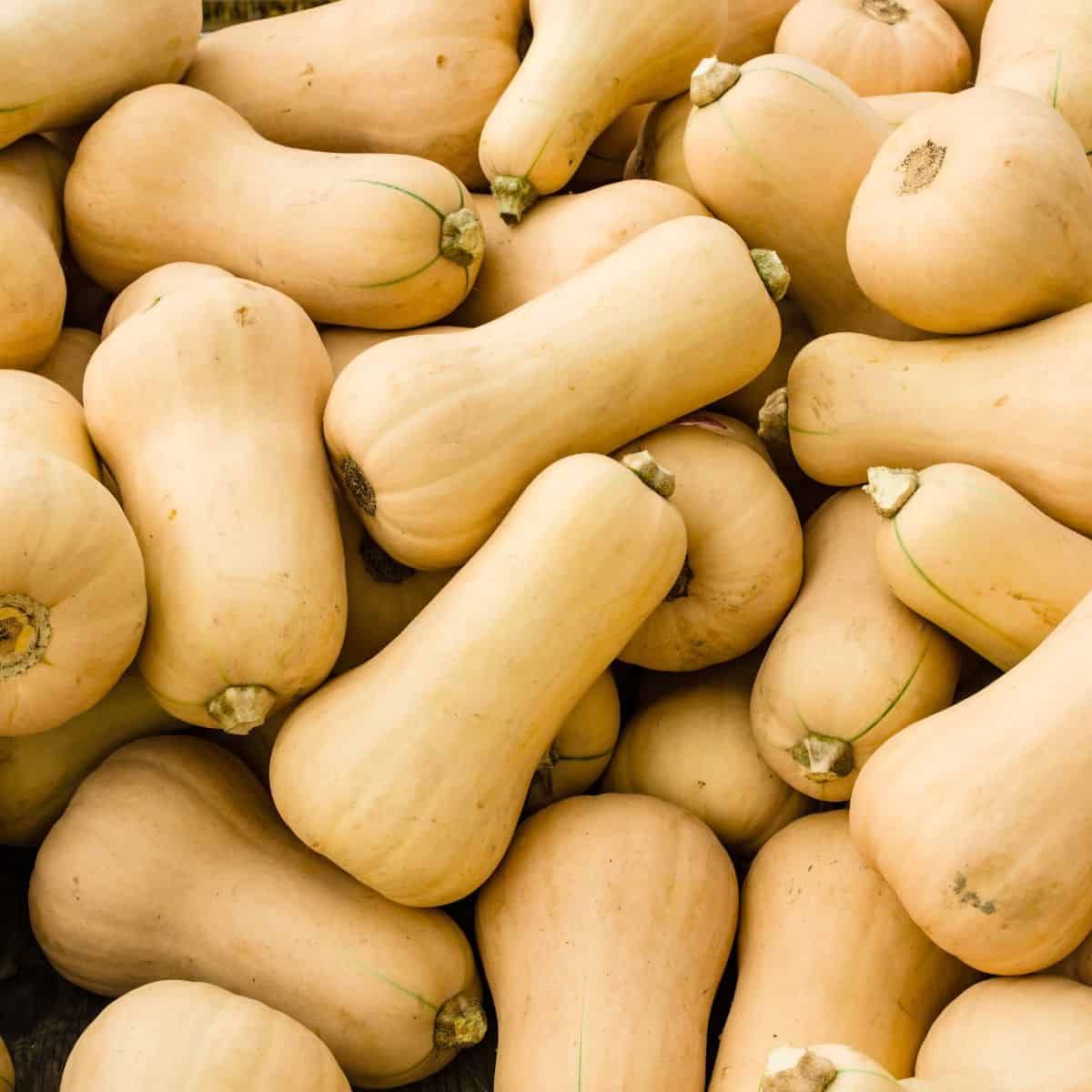

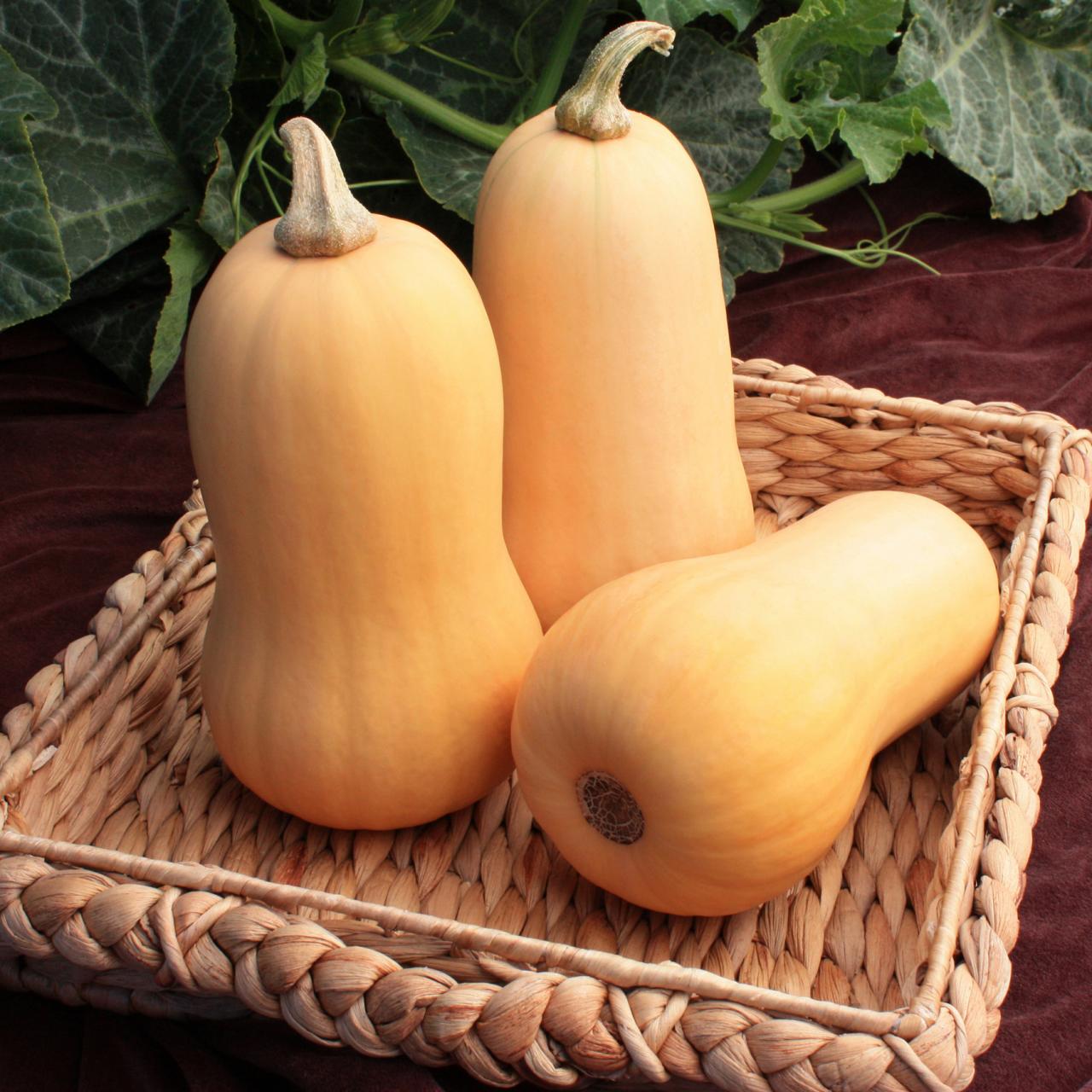
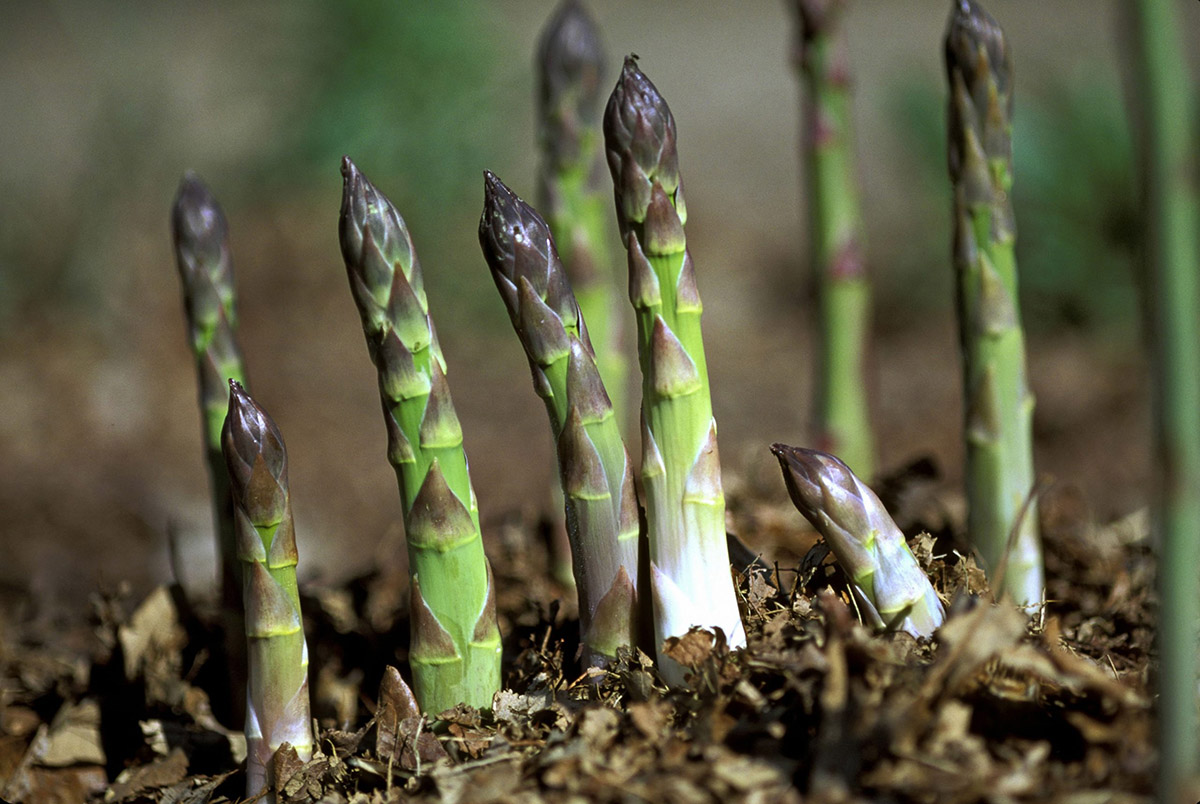
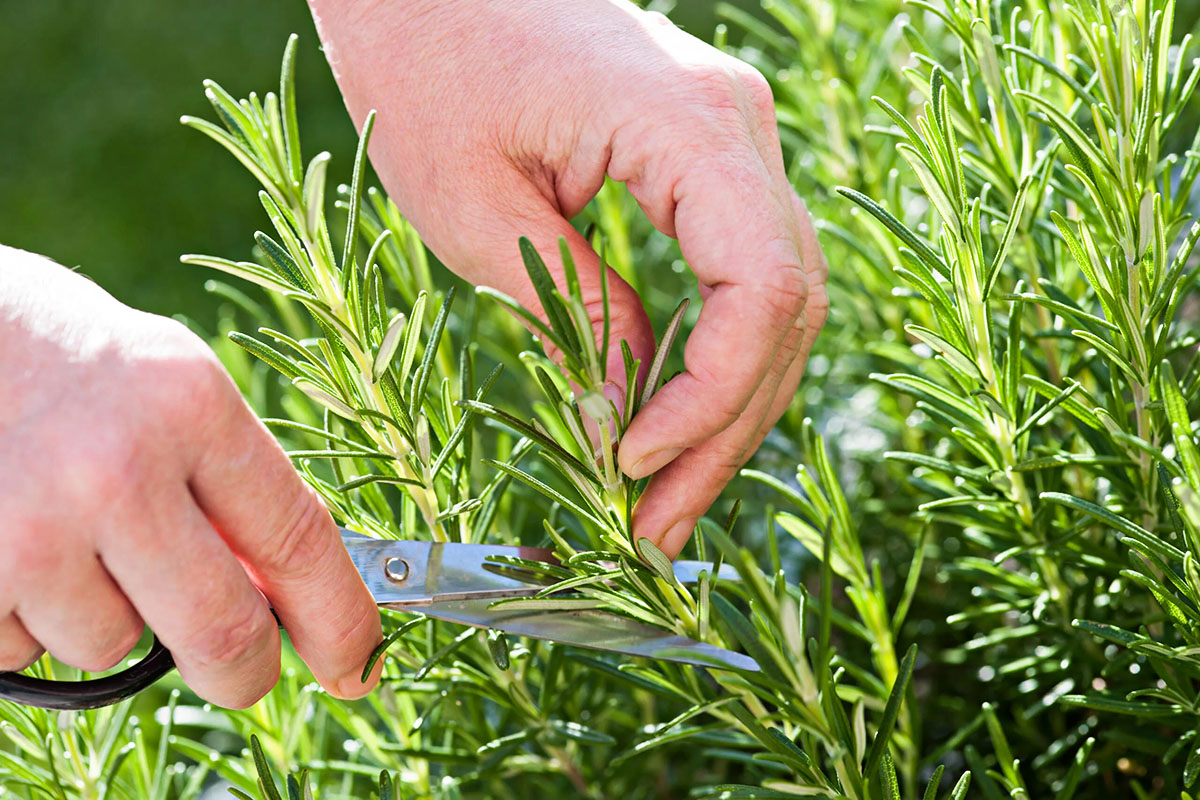

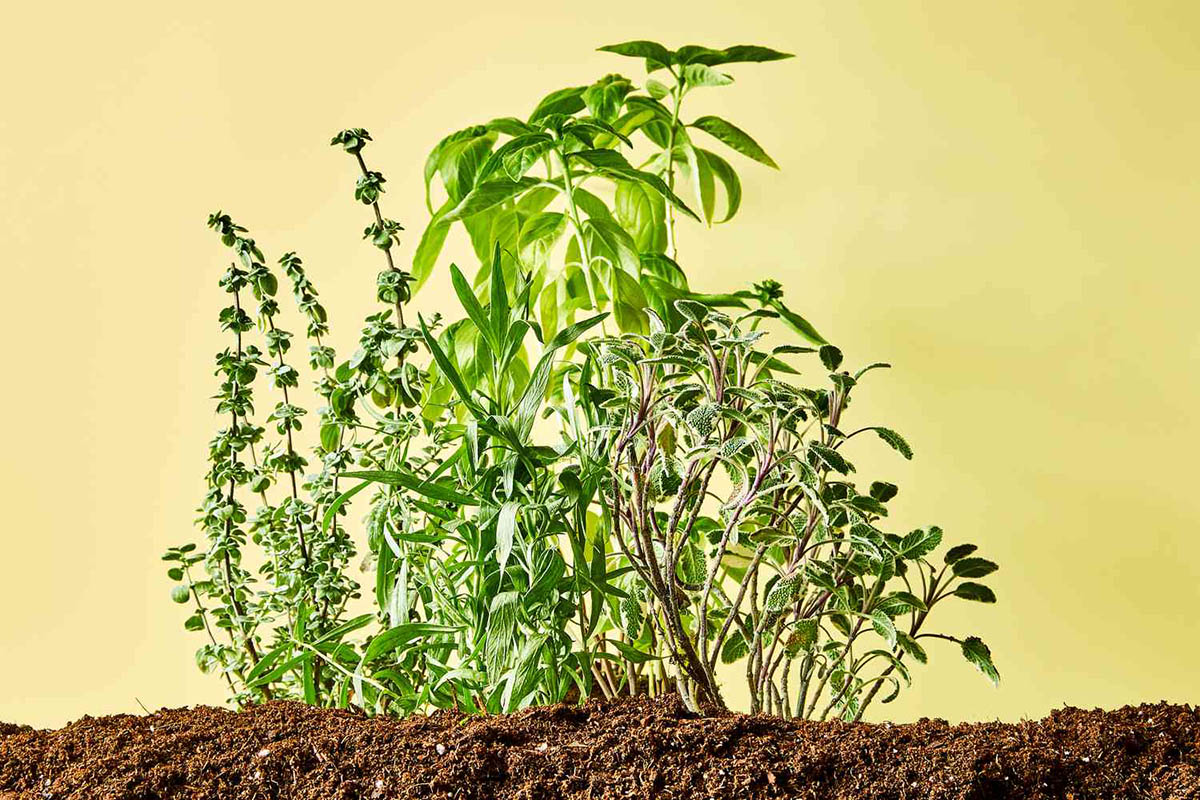
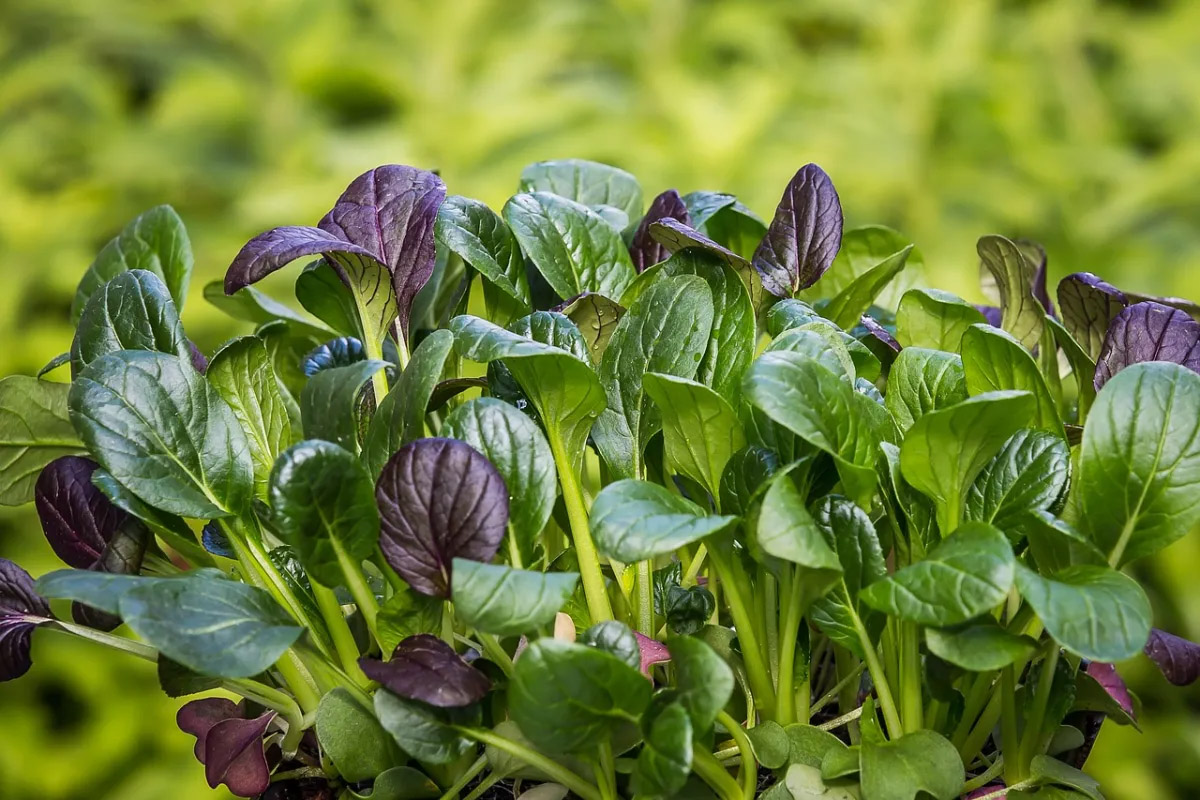
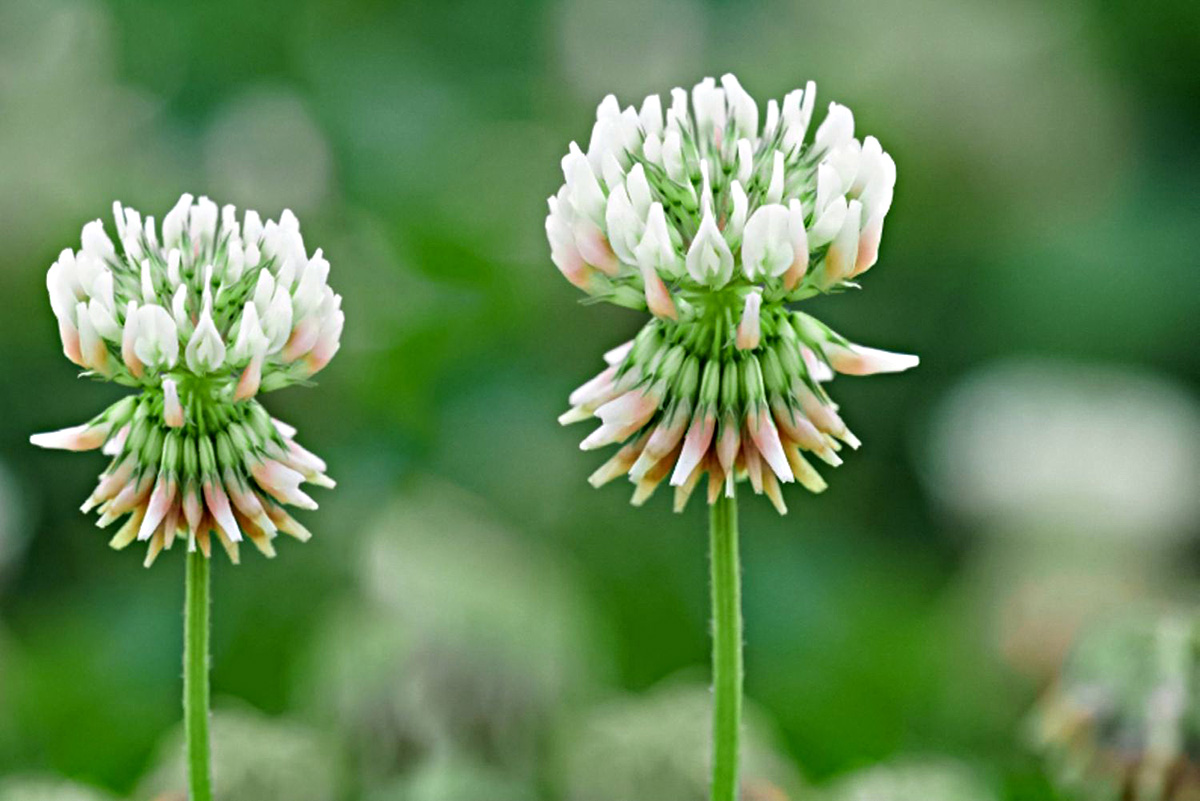

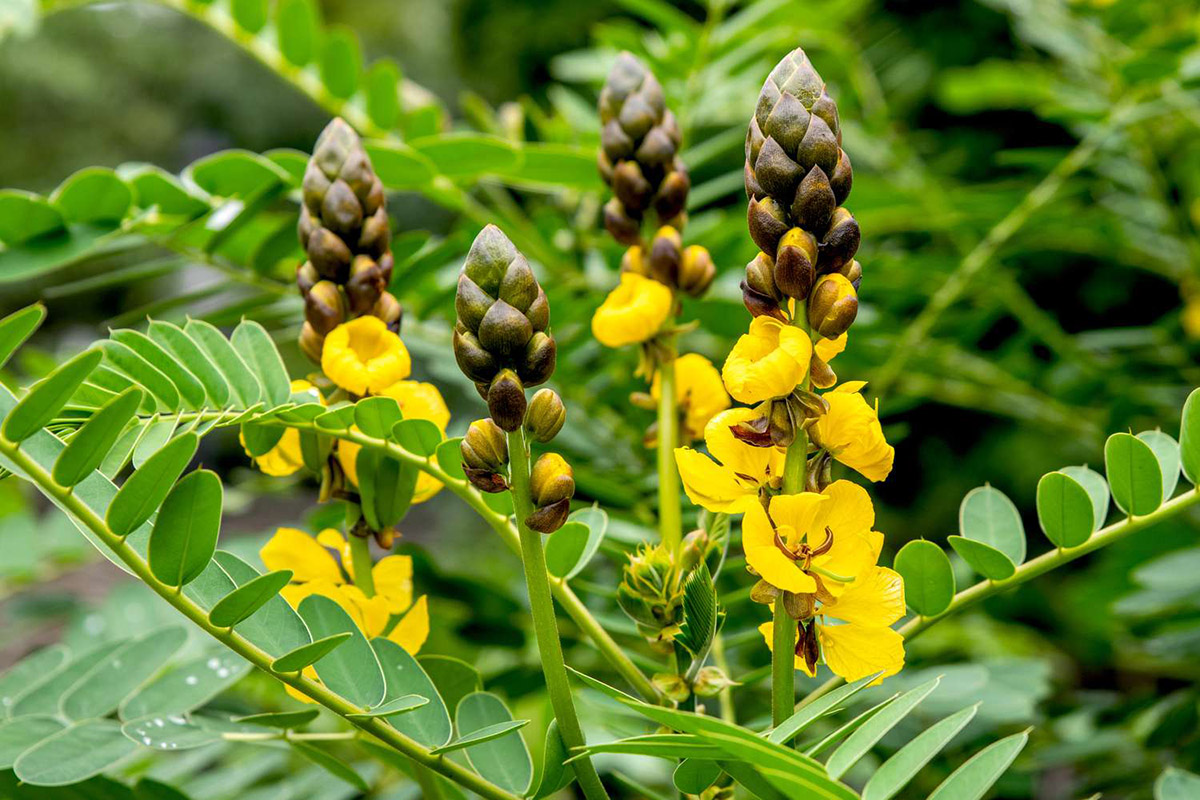
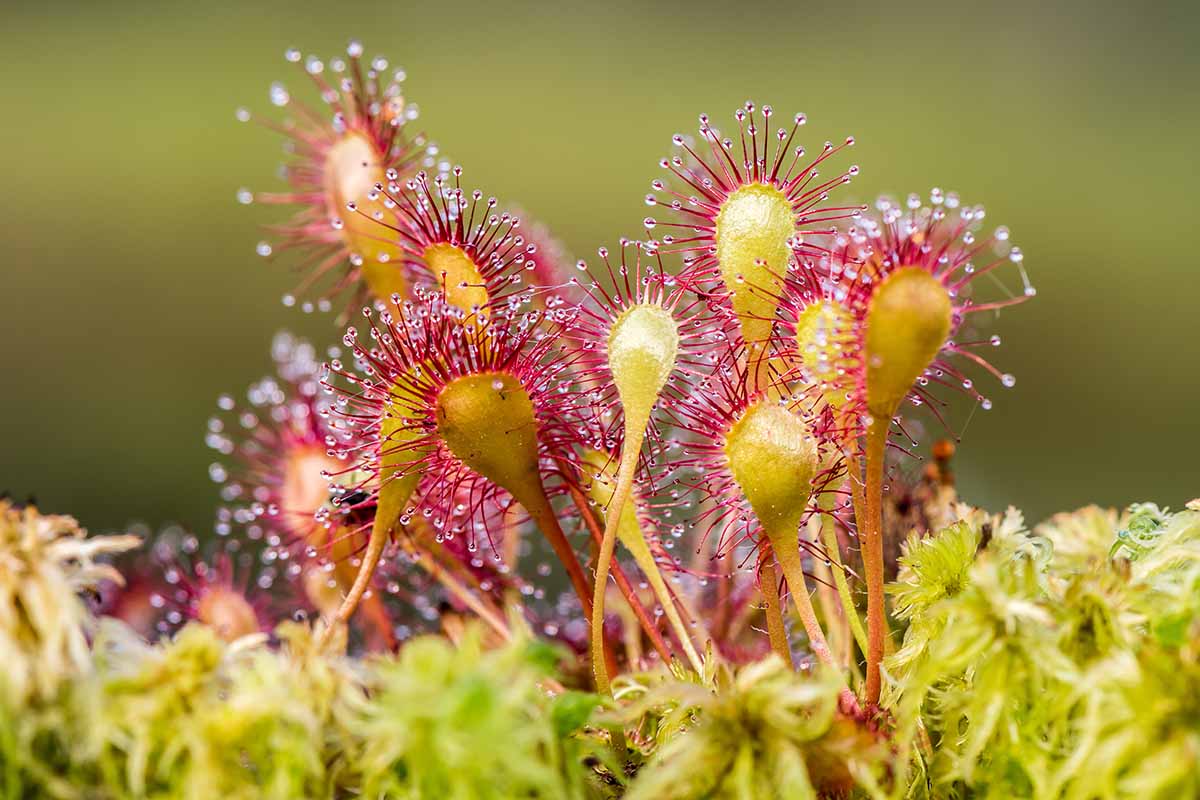
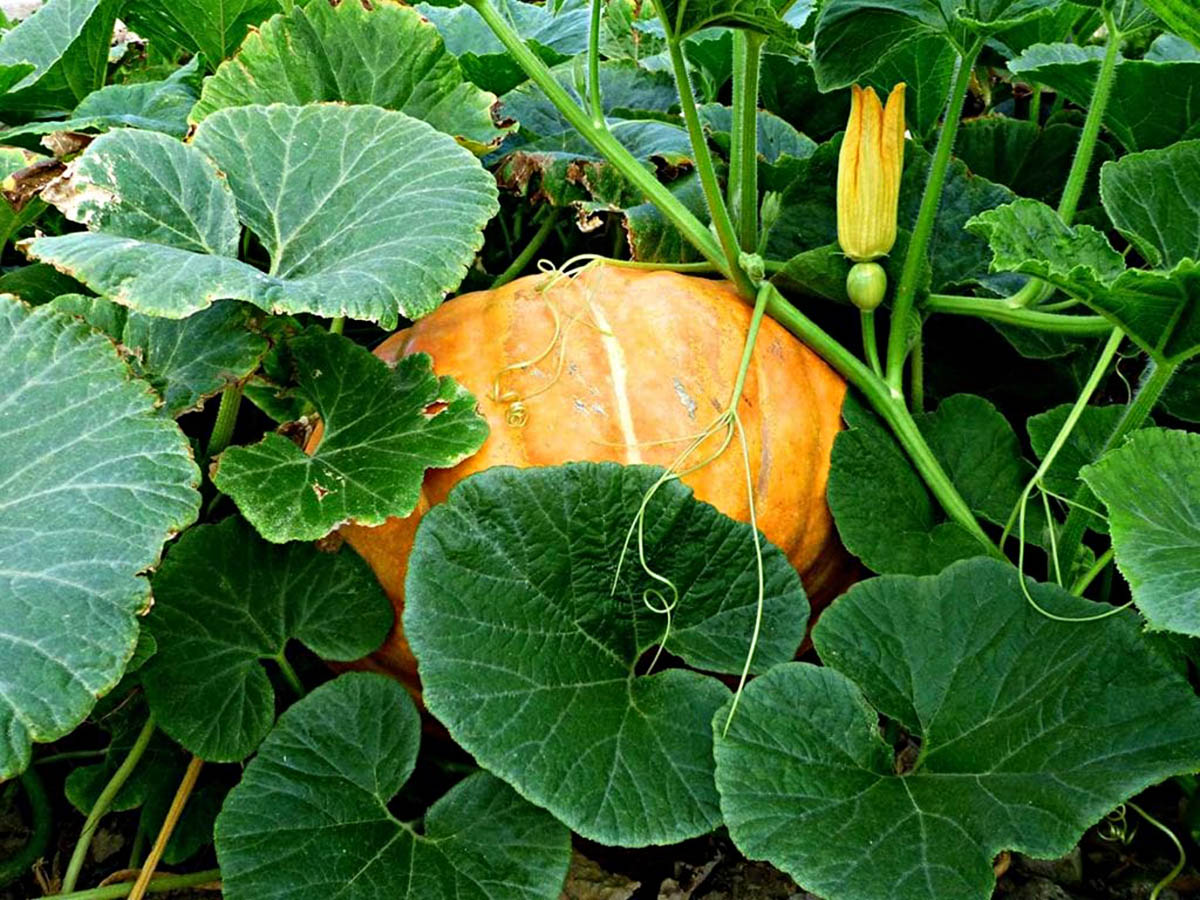
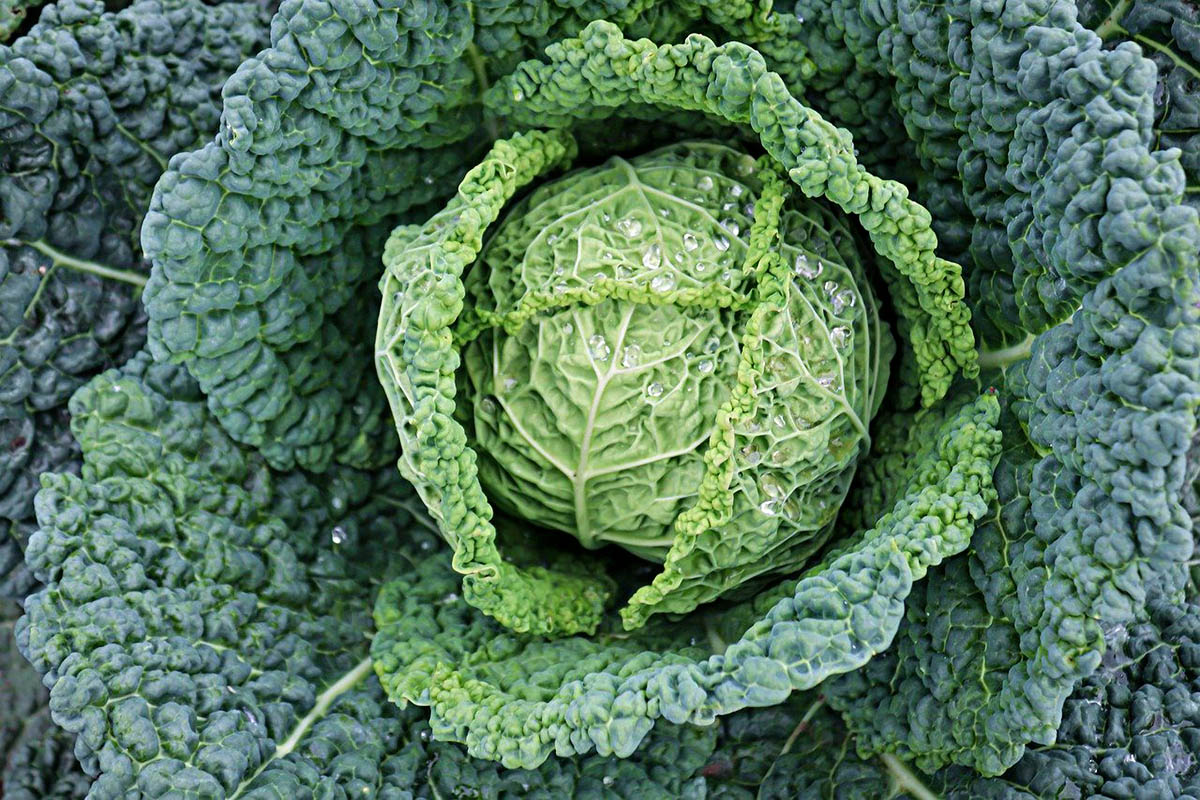

0 thoughts on “How Long Does It Take Butternut Squash To Germinate”